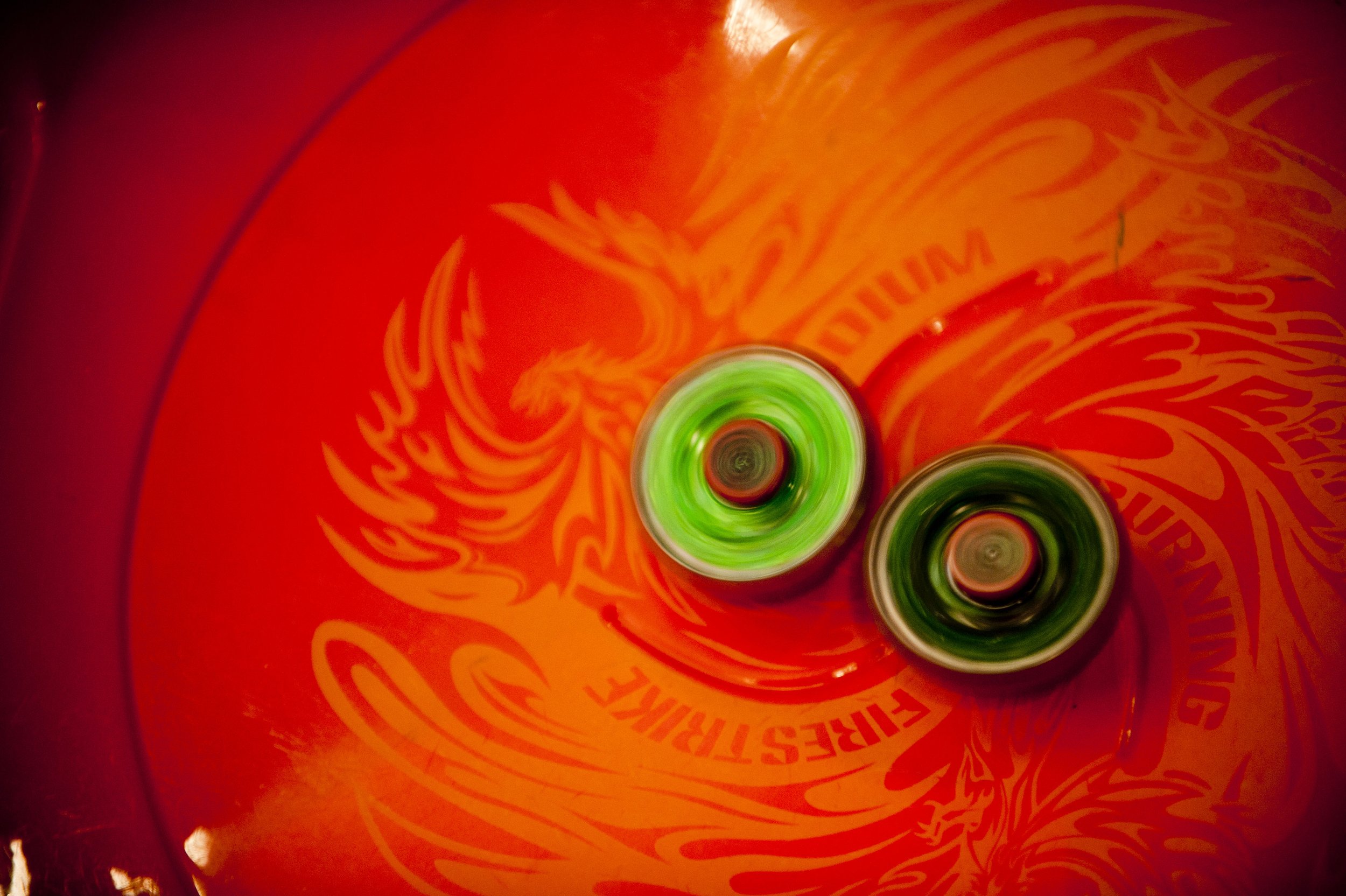Why Beyblade should be in the Olympics
Photo courtesy of Wikimedia Commons
The Olympics features all kinds of sports that brings talented people from all around the world to compete in one of the most celebrated games. How come Beyblades haven't been considered?
The Olympic Games are the greatest sporting event; they’re a celebration of athletic ability and skill on a global scale. The Olympics include any sport you can imagine, like basketball, fencing, gymnastics, weightlifting, track and field, and much more. In fact, over the years, new sports have been added that you may not have even considered. For example, skateboarding debuted in the 2020 Summer Olympics in Tokyo. Sports such as flag football and squash are set to appear in the 2028 Olympics in Los Angeles. With this in mind, I want to propose an “unconventional” sport into the mix for the next Olympics— the Japanese battle top game—Beyblade.
Now, I already know what you’re thinking: “Why would anyone in their right mind want to add Beyblades to something like the Olympics?” Well, this idea isn’t so far-fetched, as Takara Tomy (the manufacturer of Beyblades in Japan) has expressed their desire to turn the recent iteration of the game, “Beyblade X,” into a real competition called Gear Sports.
Many of you reading this are probably thinking, “Okay, that’s a nice dream, but Beyblade is nothing but a children’s toy.” Hardcore fans like myself know, however, that Beyblade is far more complex than that.
The World Beyblade Organization (WBO) has hosted national and international Beyblade tournaments in countries such as the US, Japan, Canada, France, Brazil, etc. Like many sports in the Olympics, Beyblade is popular worldwide and has competitive tournaments. I have recently participated in a Beyblade tournament, and doing well requires strategy, skill, and precision, just like any sport in the Olympics. Beyblades have various parts that affect attributes such as attack, stamina, and endurance. Knowing how to maximize a Beyblade's abilities to get the best performance requires knowledge and customization, and it's not much different from how hockey players need the best equipment to perform well on the ice.
In tournaments, the players are tasked with making a deck of three Beyblades before participating in three-on-three battles. Players must strategize on the combos they build and how to order them before a match, which requires them to predict what their opponent will do to counter them. For example, if a player predicts their opponent may start with an attack-type Beyblade, countering with a defense type is the best option. Launch techniques are also an essential factor in Beyblade battles. The angle you launch and where your Beyblade lands can significantly impact the outcome of a match. Launching requires steady hands, proper hand-eye coordination, and raw physical strength.
Beyblades would also provide great entertainment to the Olympics, as battles are fast-paced, intense, and can end dramatically. Matches can have unexpected outcomes, leaving the audience at the edge of their seats because they can’t predict how a battle will unfold. As Beyblades continue to change and evolve, battles will continue to grow in excitement.
In conclusion, Beyblade is more than just a children’s toy— it’s a sport that requires strength, skill, precision, and strategy. These factors, alongside their entertainment value, are why these Japanese spinning tops should be the next big sport added to the Olympic Games.

